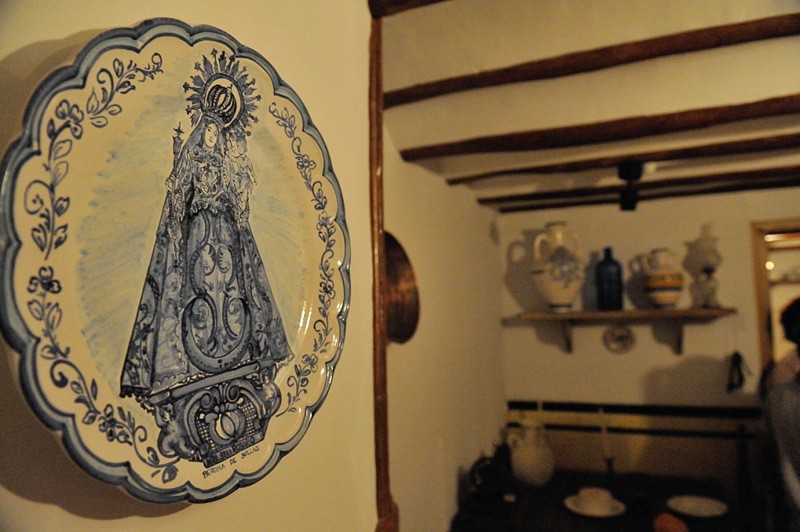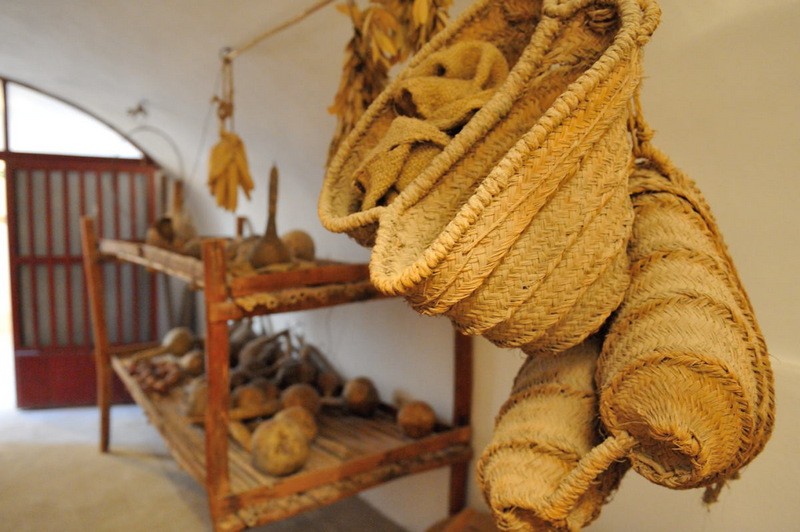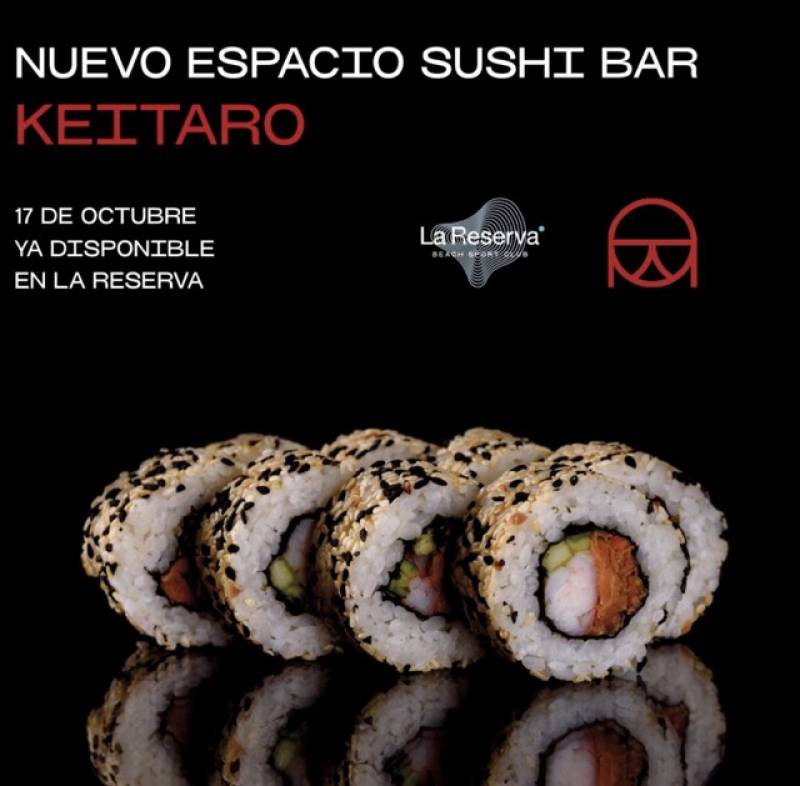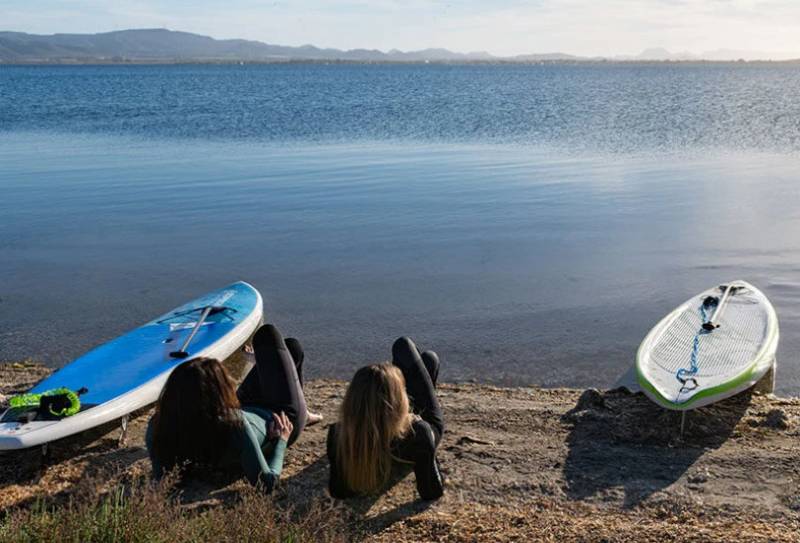-



 Welcome To
Welcome To BULLAS
BULLAS


 Welcome To
Welcome To BULLAS
BULLAS


 Welcome To
Welcome To BULLAS
BULLAS


 Welcome To
Welcome To BULLAS
BULLAS article_detail
article_detail

 Welcome To
Welcome To BULLAS
BULLAS- Region
- Águilas
- Alhama de Murcia
- Jumilla
- Lorca
- Los Alcázares
- Mazarrón
- San Javier
-
ALL AREAS & TOWNS
- AREAS
- SOUTH WEST
- MAR MENOR
- MURCIA CITY & CENTRAL
- NORTH & NORTH WEST
- TOWNS
- Abanilla
- Abarán
- Aguilas
- Alamillo
- Alcantarilla
- Aledo
- Alhama de Murcia
- Archena
- Balsicas
- Blanca
- Bolnuevo
- Bullas
- Cañadas del Romero
- Cabo de Palos
- Calasparra
- Camping Bolnuevo
- Campo De Ricote
- Camposol
- Canada De La Lena
- Caravaca de la Cruz
- Cartagena
- Cehegin
- Ceuti
- Cieza
- Condado de Alhama
- Corvera
- Costa Cálida
- Cuevas De Almanzora
- Cuevas de Reyllo
- El Carmoli
- El Mojon
- El Molino (Puerto Lumbreras)
- El Pareton / Cantareros
- El Raso
- El Valle Golf Resort
- Fortuna
- Fuente Alamo
- Hacienda del Alamo Golf Resort
- Hacienda Riquelme Golf Resort
- Isla Plana
- Islas Menores & Mar de Cristal
- Jumilla
- La Azohia
- La Charca
- La Manga Club
- La Manga del Mar Menor
- La Pinilla
- La Puebla
- La Torre
- La Torre Golf Resort
- La Unión
- Las Palas
- Las Ramblas
- Las Ramblas Golf
- Las Torres de Cotillas
- Leiva
- Librilla
- Lo Pagan
- Lo Santiago
- Lorca
- Lorquí
- Los Alcázares
- Los Balcones
- Los Belones
- Los Canovas
- Los Nietos
- Los Perez (Tallante)
- Los Urrutias
- Los Ventorrillos
- Mar De Cristal
- Mar Menor
- Mar Menor Golf Resort
- Mazarrón
- Mazarrón Country Club
- Molina de Segura
- Moratalla
- Mula
- Murcia City
- Murcia Property
- Pareton
- Peraleja Golf Resort
- Perin
- Pilar de la Horadada
- Pinar de Campoverde
- Pinoso
- Playa Honda
- Playa Honda / Playa Paraíso
- Pliego
- Portmán
- Pozo Estrecho
- Puerto de Mazarrón
- Puerto Lumbreras
- Puntas De Calnegre
- Region of Murcia
- Ricote
- Roda Golf Resort
- Roldan
- Roldan and Lo Ferro
- San Javier
- San Pedro del Pinatar
- Santiago de la Ribera
- Sierra Espuña
- Sucina
- Tallante
- Terrazas de la Torre Golf Resort
- Torre Pacheco
- Totana
- What's On Weekly Bulletin
- Yecla


- EDITIONS:
 Spanish News Today
Spanish News Today
 Alicante Today
Alicante Today
 Andalucia Today
Andalucia Today
article_detailBullas wine route: The Casa-Museo Don Pepe Marsilla
A step back in time on the Ruta del Vino to Bullas around the year 1900
The Casa-Museo Don Pepe Marsilla in Bullas occupies a house which was originally built in the year 1723, but was remodeled in the late 19th century by one of the town’s most illustrious and forward-thinking residents, who did a great deal to drag local wine-making and other aspects of daily life into the 20th century.
José Marsilla Melgares de Aguilar (1854-1930), known locally as “Don Pepe”, was a descendant of the powerful Marsilla and Melgares families from Teruel and Aguilar respectively, and amassed a large fortune which allowed him to altruistically undertake important projects on behalf of the town of Bullas. He was Mayor of the town from 1895 to 1898, and was instrumental in bringing the telephone, running water, the telegraph and electric lighting to Bullas, financing some of these projects out of his own pocket. He was also responsible for the opening of the Hospital de los Ancianos in the La Cruz district.
When he died in 1930, his house at Calle del Rosario nº1 passed into the hands of his only son, Blas Rafael Marsilla, who continued his father’s role of benefactor for the town of Bullas until his own death in 1992.
It was not until the first decade of this century, though, that the house was renovated to the condition in which it would have been lived in around the year 1900, and was opened to the public as the “Casa-Museo de Pepe Marsilla – Bullas 1900”.

The house is set to show exactly how it would have appeared in 1900, when the house was on the eastern outskirts of the town, next to the “La Rafa” irrigation ditch, which provided water for washing, cooking and irrigating Sr Marsilla’s private vegetable garden.
This was well known in Bullas as the “Huerto de Don Pepe”, and it was in this direction that life in the house was orientated. Here there was more sunlight, an important factor in the cold winters of north-west of Murcia, and less noise, as the hustle and bustle of town life was outside in the street on the other side of the main façade. The garden was also important, of course, for the cooks, as it provided fresh produce for them on a daily basis.
Unfortunately, the garden no longer exists and the house is now surrounded by the urban sprawl of Bullas.
The estate was largely self-sufficient, producing its own food for immediate consumption and winter storage and the processes to store and conserve food can be seen on several levels during the visit. The large kitchen and pantry was also the place where pigs were slaughtered, olive oil was produced and a wide range of other agricultural products were stored, as well as the wine produced in the estate's vineyards.
The household kitchen boasts the first modern oven installed in the town, while the staff kitchen clearly demonstrates the divide between the workers and their master.
There are a total of 50 rooms on the three floors of the house, and it is possible to clearly distinguish between the areas which were devoted to living quarters, wine-making, agricultural production and livestock farming. In broad terms, these are now referred to as the Residential Area, which features lavishly ostentatious Modernist decoration, and the Work Area, which was dedicated to Pepe Marsilla’s huge appetite for both innovation and profit-making.

The Residential Area includes Mr Marsilla’s study, his library, a sitting room, the main tiled dining-room and the bedrooms (those of the owner, his family and the domestic staff). All of these rooms feature Modernist decorative touches, with inspiration being drawn from nature and a preference for curves rather than straight lines.
Floors are tiled with spectacular period tiles, and all of the rooms are set with authentic period fixtures and fittings, providing a real insight into the difference between the classes living and working in the house.
The tiles are a fascinating illustration of the class divide; as the threshold from the stairwell used by the family is crossed into the bedroom of a personal maid, the tiles change from luxurious colour to bare terracotta, a divide further illustrated as the central staircase winds up from the family level to the storerooms and attic.

The Work Area, of course, is dominated by wine. The 1,650-square-metre basement of the house was the recipient of the first wine press in Bullas, when the owner brought it back from a trip to Italy, and this is one of the areas which can be seen by visitors today. Also in the two cellars, one of which was used to store wine for sale and the other for the private use of the household, are over 50 of the large old earthenware wine storage jars which are dug into the floor and the very soil and rock of Bullas.
These, as is the case of the rest of the house, have been fully restored, and when in use they would have held up to 140,000 litres of wine.

Guided tours of the Casa-Museo Don Pepe Marsilla
A visit to the Casa-Museo Don Pepe Marsilla is a real step back in time, in that as soon as visitors enter the building they are transported to the late 19th and early 20th centuries. Great care has been taken over providing authentic furnishings and decoration, and although this is one of the few stops on the Bullas Wine Route where wine cannot actually be purchased it is definitely a highly recommended part of the itinerary, indeed, many would concur that it is one of the best museums in the Murcia Region and is certainly interesting, insightful and unique.
Guided tours can be reserved (in English if required) through the Bullas Wine Museum (telephone 968 657 211), and are priced at 3€ per head (or 2€ for large groups). No more than two visitors are needed in order to reserve a tour.
Alternatively, visitors can make use of a well thought-out audio guide system, which is carried through the building and explains each of the rooms as the lights go on when visitors enter. These audio guides are available in both Spanish and English.
It is easy to combine a visit to this museum with a trip to one or more of the Bodegas in Bullas. There are two urban bodegas which could easily be visited in conjunction with the museum in a morning, followed by a good lunch, or alternatively, one of the bodegas in the outlying countryside could be visited before heading back into town to see this museum and enjoy lunch.
The other museum relating to Bullas is the Museo del Vino which is also well worth a visit and has the added bonus of a shop which sells wine from all of the bodegas at the same price as the bodegas themselves.
Tours of either museum, either with or without a visit to one of the bodegas, can be organised by calling the Tourist Office or Museo del Vino.
Contact details
Address: Calle Rosario, 1, 30180 Bullas (under a minute’s walk from the Plaza de España, the Town Hall and the main parish church).
Telephone: 968 657 211 (wine museum) or 968 652 244 (tourist information office).
Email: casamuseodonpepe@bullas.es.
The museum can only be visited by prior arrangement with a guide, but will open for groups of only 2 people during the same hours as the Museo del Vino (from Tuesday to Saturday from 10.30am to 2pm and again from 5pm to 8pm during the summer and 4pm to 7pm between November and March. On Sundays and bank holidays it is open from 10.30am to 2pm).
Commentary is available in English or Spanish.
Price 3€ or 2€ for large groups.
Click for more information about the Bullas municipality including the Wine Routes
article_detail
Contact Murcia Today: Editorial 000 000 000 / Office 000 000 000

To be listed on the CAMPOSOL TODAY MAP please call +34 .

To be listed on the CONDADO TODAY MAP please call +34 .

Guidelines for submitting articles to Camposol Today
Hello, and thank you for choosing CamposolToday.com to publicise your organisation’s info or event.
Camposol Today is a website set up by Murcia Today specifically for residents of the urbanisation in Southwest Murcia, providing news and information on what’s happening in the local area, which is the largest English-speaking expat area in the Region of Murcia.
When submitting text to be included on Camposol Today, please abide by the following guidelines so we can upload your article as swiftly as possible:
Send an email to editor@camposoltoday.com or contact@murciatoday.com
Attach the information in a Word Document or Google Doc
Include all relevant points, including:
Who is the organisation running the event?
Where is it happening?
When?
How much does it cost?
Is it necessary to book beforehand, or can people just show up on the day?
…but try not to exceed 300 words
Also attach a photo to illustrate your article, no more than 100kb










